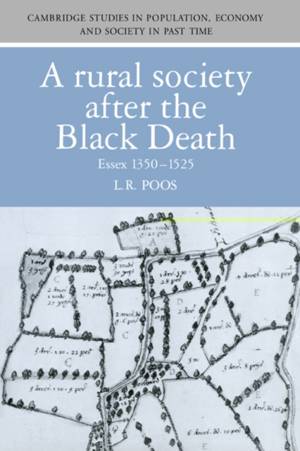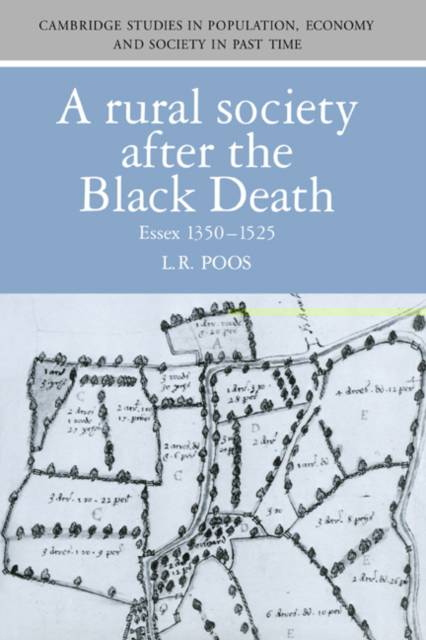
Door een staking bij bpost kan je online bestelling op dit moment iets langer onderweg zijn dan voorzien. Dringend iets nodig? Onze winkels ontvangen jou met open armen!
- Afhalen na 1 uur in een winkel met voorraad
- Gratis thuislevering in België vanaf € 30
- Ruim aanbod met 7 miljoen producten
Door een staking bij bpost kan je online bestelling op dit moment iets langer onderweg zijn dan voorzien. Dringend iets nodig? Onze winkels ontvangen jou met open armen!
- Afhalen na 1 uur in een winkel met voorraad
- Gratis thuislevering in België vanaf € 30
- Ruim aanbod met 7 miljoen producten
Zoeken
Omschrijving
A Rural Society after the Black Death is a study of rural social structure in the English county of Essex between 1350 and 1500. It seeks to understand how, in the population collapse after the Black Death (1348-1349), a particular economic environment affected ordinary people's lives in the areas of migration, marriage and employment, and also contributed to patterns of religious nonconformity, agrarian riots and unrest, and even rural housing. The period under scrutiny is often seen as a transitional era between 'medieval' and 'early-modern' England, but in the light of recent advances in English historical demography, this study suggests that there was more continuity than change in some critically important aspects of social structure in the region in question. Among the most important contributions of the book are its use of an unprecedentedly wide range of original manuscript records (estate and manorial records, taxation and criminal-court records, royal tenurial records, and the records of church courts, wills etc.) and its application of current quantitative and comparative demographic methods.
Specificaties
Betrokkenen
- Auteur(s):
- Uitgeverij:
Inhoud
- Aantal bladzijden:
- 348
- Taal:
- Engels
- Reeks:
- Reeksnummer:
- nr. 18
Eigenschappen
- Productcode (EAN):
- 9780521531276
- Verschijningsdatum:
- 29/01/2004
- Uitvoering:
- Paperback
- Formaat:
- Trade paperback (VS)
- Afmetingen:
- 151 mm x 231 mm
- Gewicht:
- 530 g

Alleen bij Standaard Boekhandel
+ 155 punten op je klantenkaart van Standaard Boekhandel
Beoordelingen
We publiceren alleen reviews die voldoen aan de voorwaarden voor reviews. Bekijk onze voorwaarden voor reviews.











